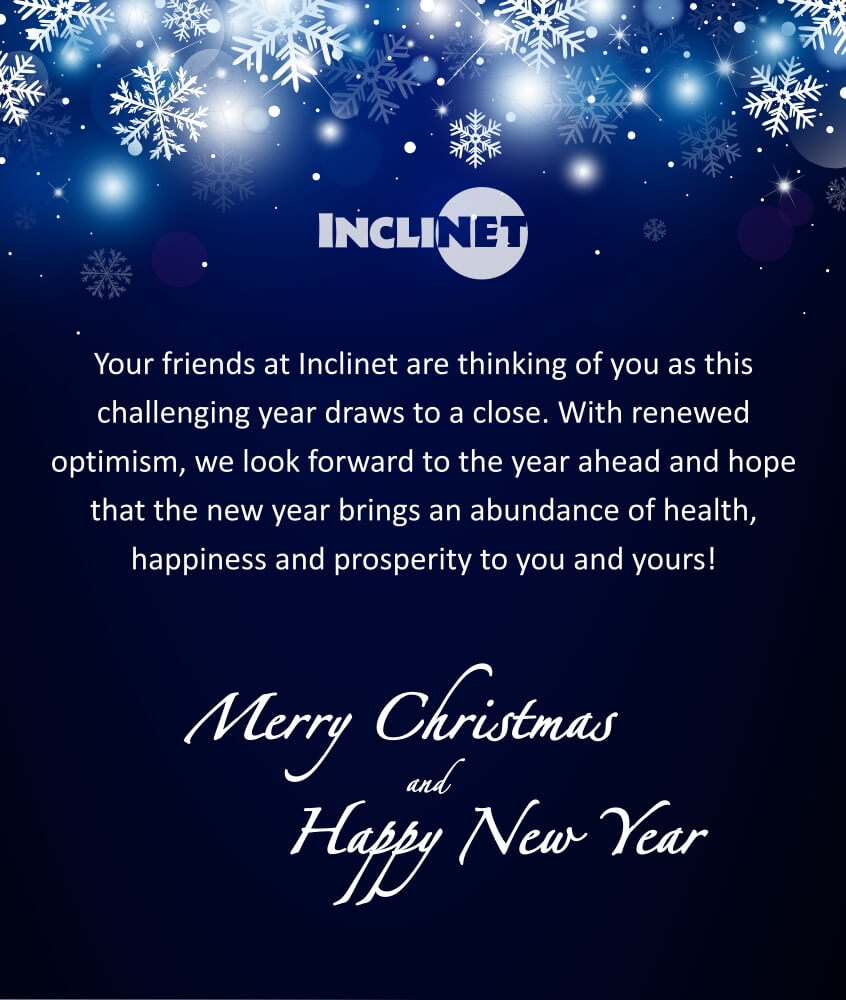Creating Your First Website
People often reach out to us for advice on creating their first website and we try to provide information that is helpful but not overly complex. Creating your first website can be a lot of fun but it can also be frustrating if you don't have any idea on where to start.
Before jumping in to the design of your first website, here are several items that should be considered.
What is the objective of your new website?
The answer to this question will ensure help to the development supports your site goals or objectives. Your objectives may be to provide information or otherwise educate you audience. It may be to collect contact information for later marketing efforts. It may be to entertain. There are many objectives a website owner may have and a key to success is identifying your objective or goal early in the process.
Who is your target audience?
If your business provides services to a local client base the development will differ somewhat from that of a business selling products online to a global marketplace.
Will you be changing or updating the content often?
There are numerous formats for creating websites and this will help determine whether the a static site or a Content Management System (CMS) is beneficial.
Have you any content ready for the website?
One of the most time consuming parts of developing a website is the creation of the actual content. While most clients are optimistic in their assessment of the time needed to assemble the assets (images, text, etc.), most often underestimate the complexity of the task. We try to allow more time up front in our development schedule for this part of the project to help avoid potential costly delays.
Have you budgeted the expense for the website?
It always helps to know up front what the budget is for development. This provides guidance on the scope and scale of the project. For example, if sufficient funds are available in the budget, a professional, on-location photo or video shoot may be considered. If not, we can arrange for good stock images or video footage at a reduced cost.
When would you like the website to go live?
Clients will sometimes have a hard deadline for the launch of their new website to coincide with a major event such as a trade show, a product launch or a golf tournament or another event with a set date. The development schedule is based on our client needs and our ability to meet the deadline. If we are unable to meet the deadline, we will not accept the project.


